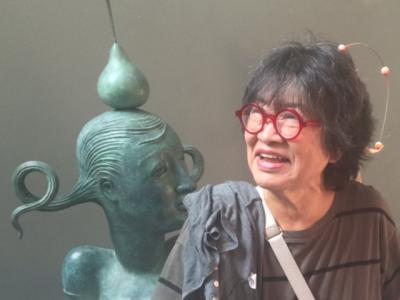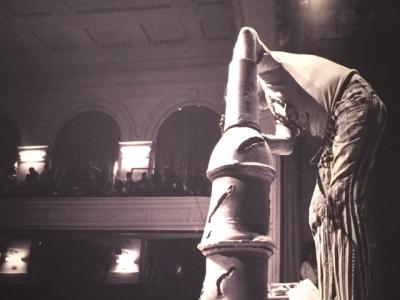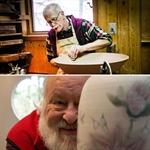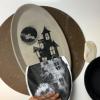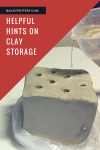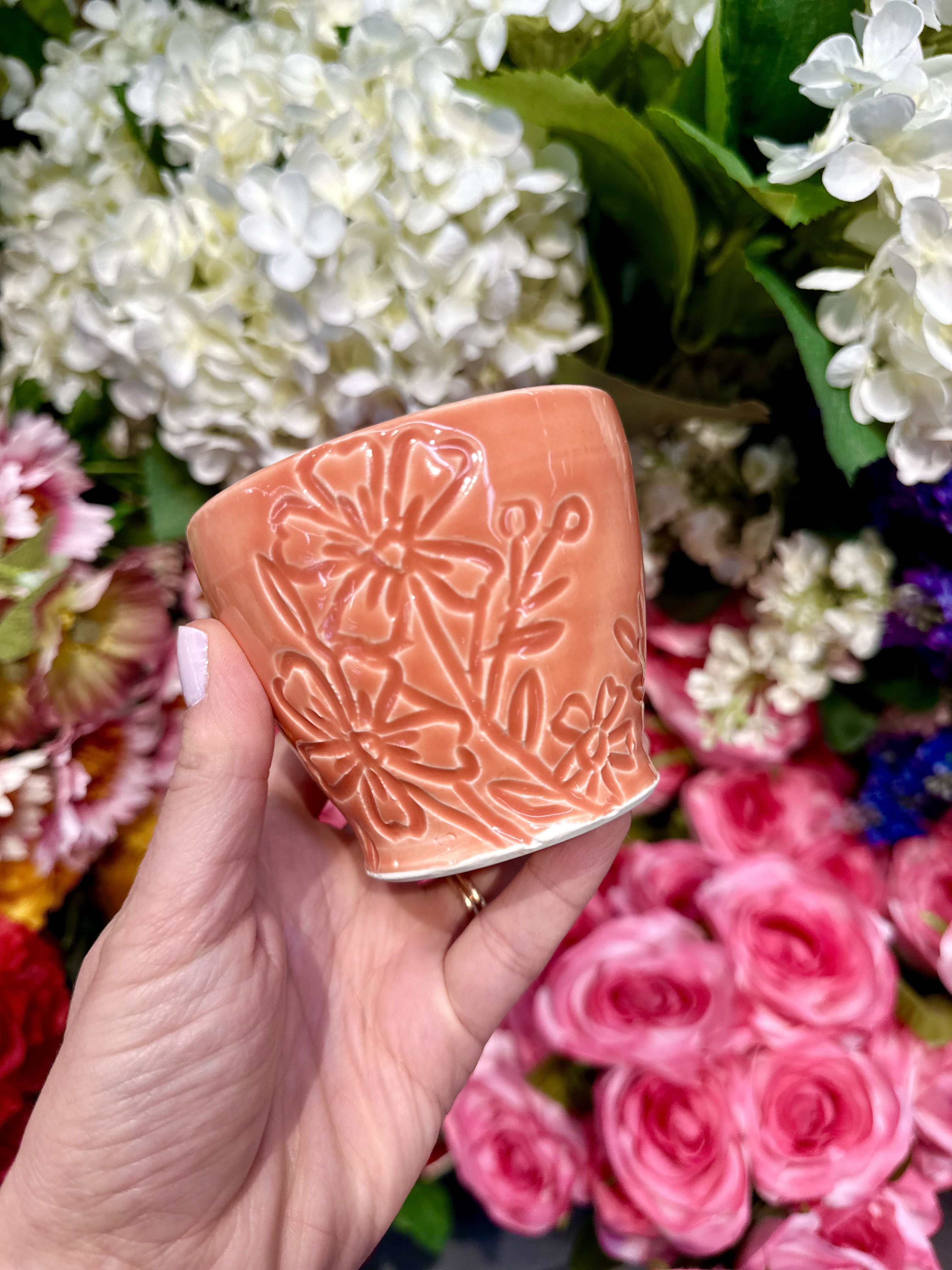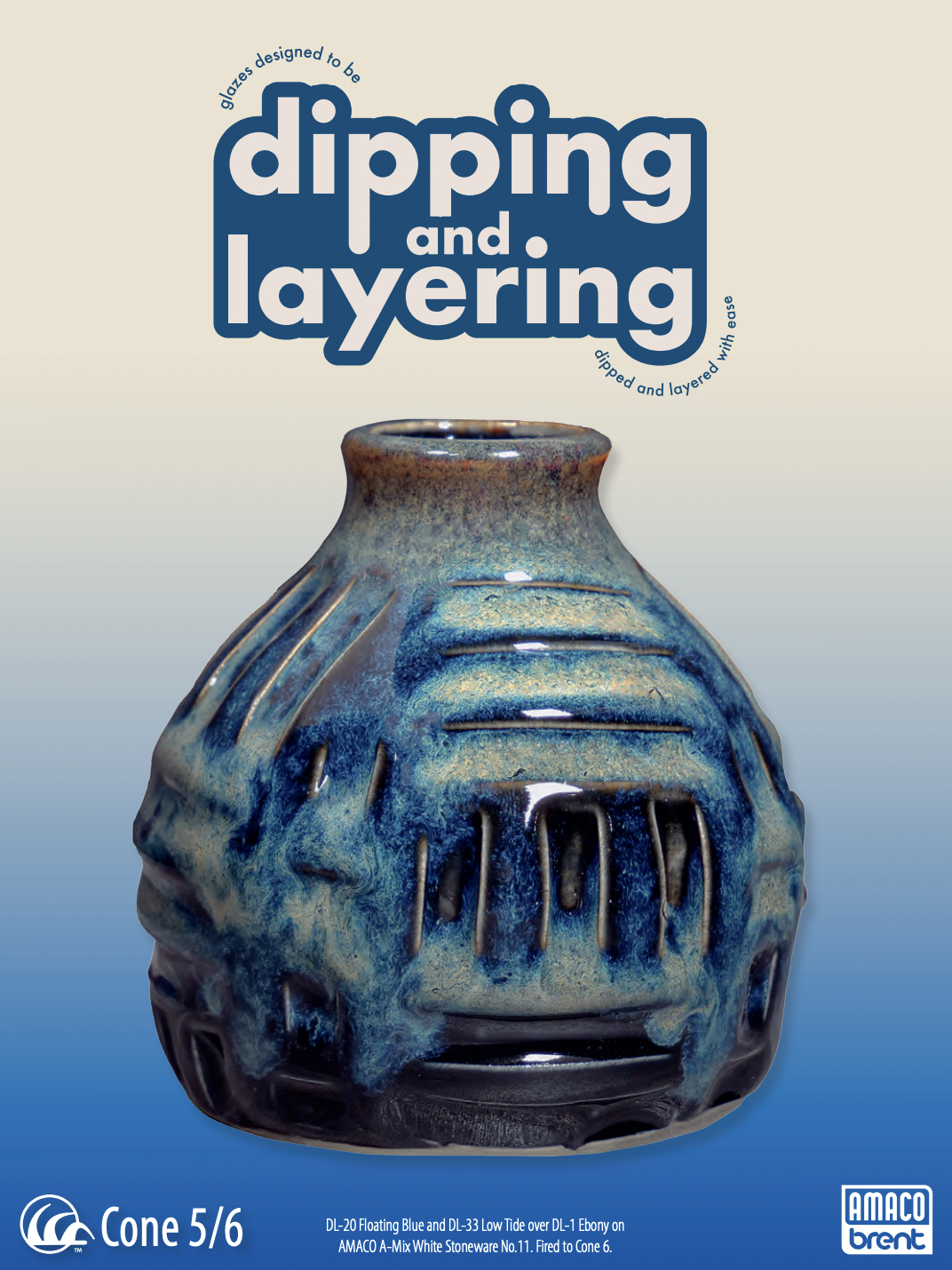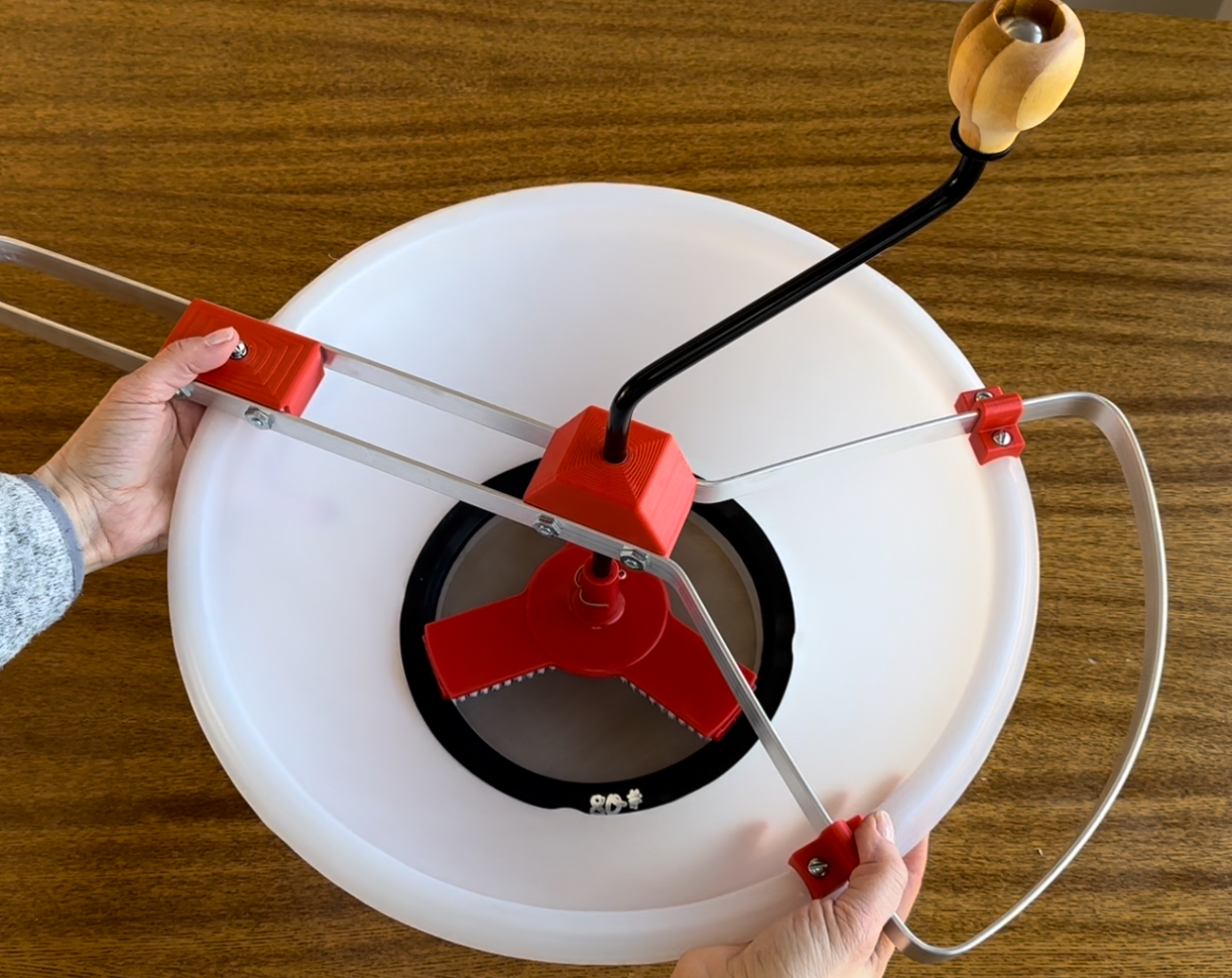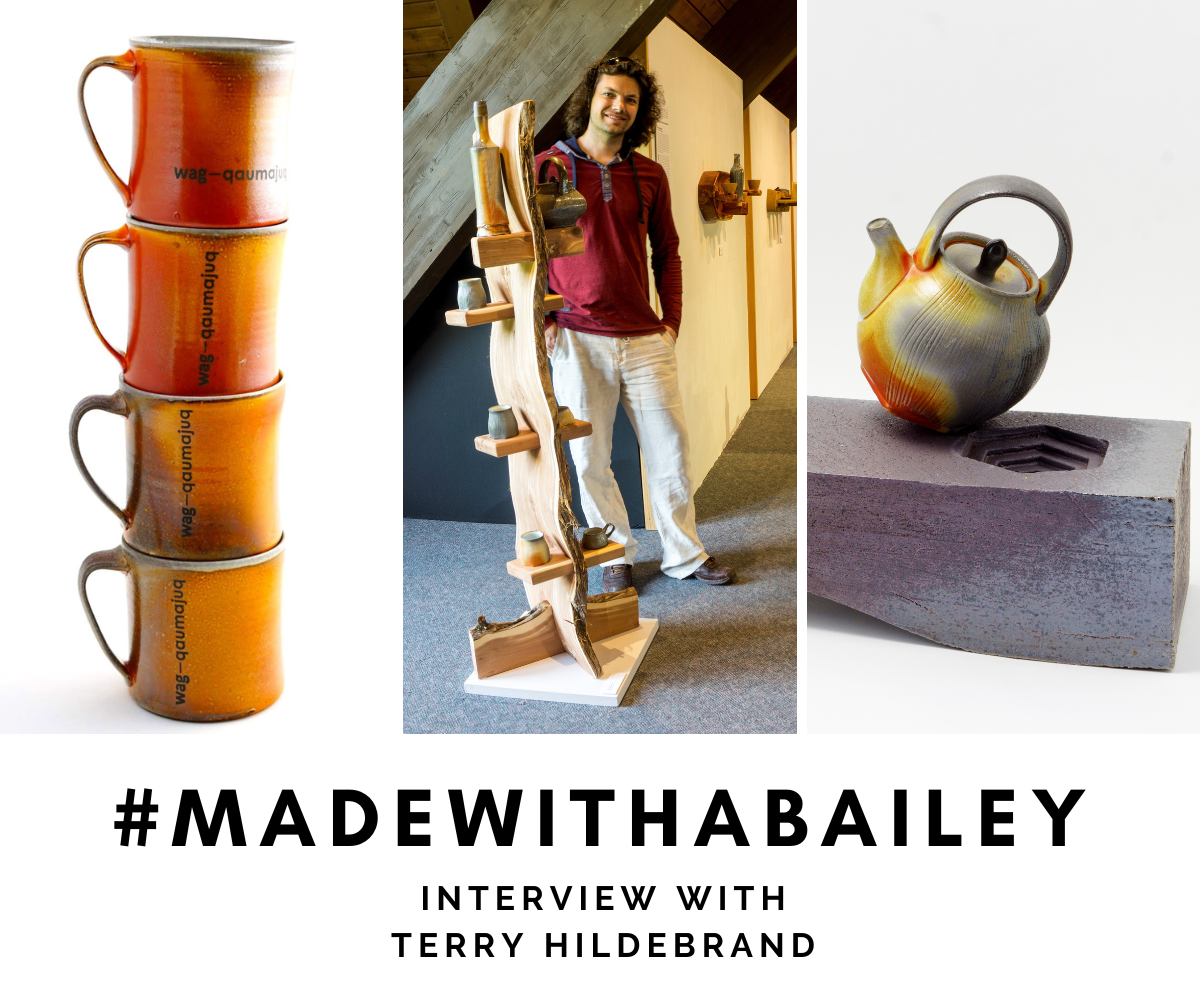Hear Me Now: The Black Potters of Old Edgefield, South Carolina


Hear Me Now, The Black Potters of Old Edgefield, South Carolina is on through February 5th at the Metropolitan Museum of Art in New York. When Jim and I arrived, we were struck by the large number of people viewing the show and participating in reading the well-researched details about the life and times of the black enslaved potters of Old Edgefield. The show speaks to the beauty, ingenuity, and creativity of the potters of Edgefield who, under forced labor, made these bold and glorious functional vessels.
Any contemporary potter can immediately recognize the skill and virtuosity in these handsome pots, but they cannot see or comprehend the conditions in which they were made. We need to deeply consider this. The show gives space and a voice to the enslaved makers and their work. The show spoke to us because, as potters ourselves, we could see the creative spirit come through despite the indignities and horrors endured by the makers.
The face jugs from Old Edgefield are a perfect example of expression and ownership of one’s talent. Creativity and clay have let people do this throughout human history. The fired clay preserves our stories. It has done so here. It does not lie.
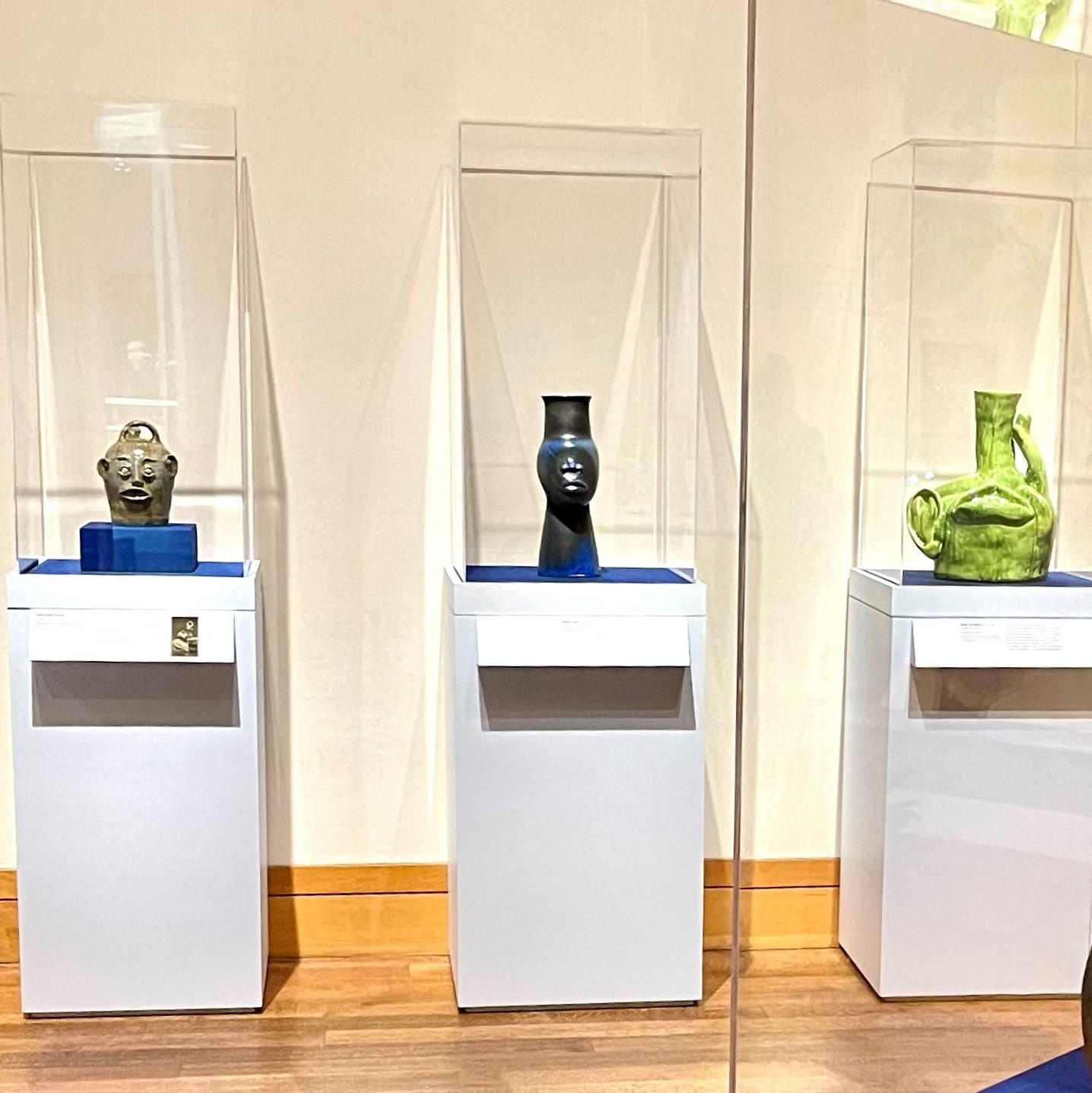
The vessels by Dave Drake are a highlight in Hear Me Now. Dave Drake managed to manifest his powerful spirit first through the beautifully shaped pots he threw, and then through the poetic words he inscribed on to his work. In his time, he was known as Dave the Potter. When we looked at his pots, his work seemed to transcend the degradation of enslavement to bring awareness to the extraordinary craftsmanship and virtuosity of his work. The lyrical words he wrote on his work stand as an act of defiance in a time where enslaved people were forbidden to learn to read or write. The pots, with their words carefully carved into the clay, are a reflection of his achievement and personal will to be seen and heard. As we each reflect on the injustice of enslavement, many more shows like this one are needed to expand our consciousness about this devastating shared history and the historical narratives surrounding it.




There are a few contemporary pieces in the show made by some of our greatest African American potters. The massive jug by Simone Leigh is a standout and speaks to the history of the jug in Old Edgefield and the enslaved people who made them. She has taken that history and added her own elements to elevate her jug to the level of a fine art sculpture. It’s mind blowing. It’s also a feminist tour de force. Embellished with cowrie shells and extremely large in scale, it reflects a deep awareness of clay traditions in Old Edgefield and its history in pre-Civil War America. It’s also a reflection of the power of the feminine and the unsung makers who were often women.

A comprehensive book on the show has been put together by the Met with photos and essays on production, collection, and reception of pottery from Old Edgefield. The book offers a critical look into what it means to collect, show, and interpret pots made by enslaved artisans and the cultural and historical significance for all of us.
Anne Bailey




